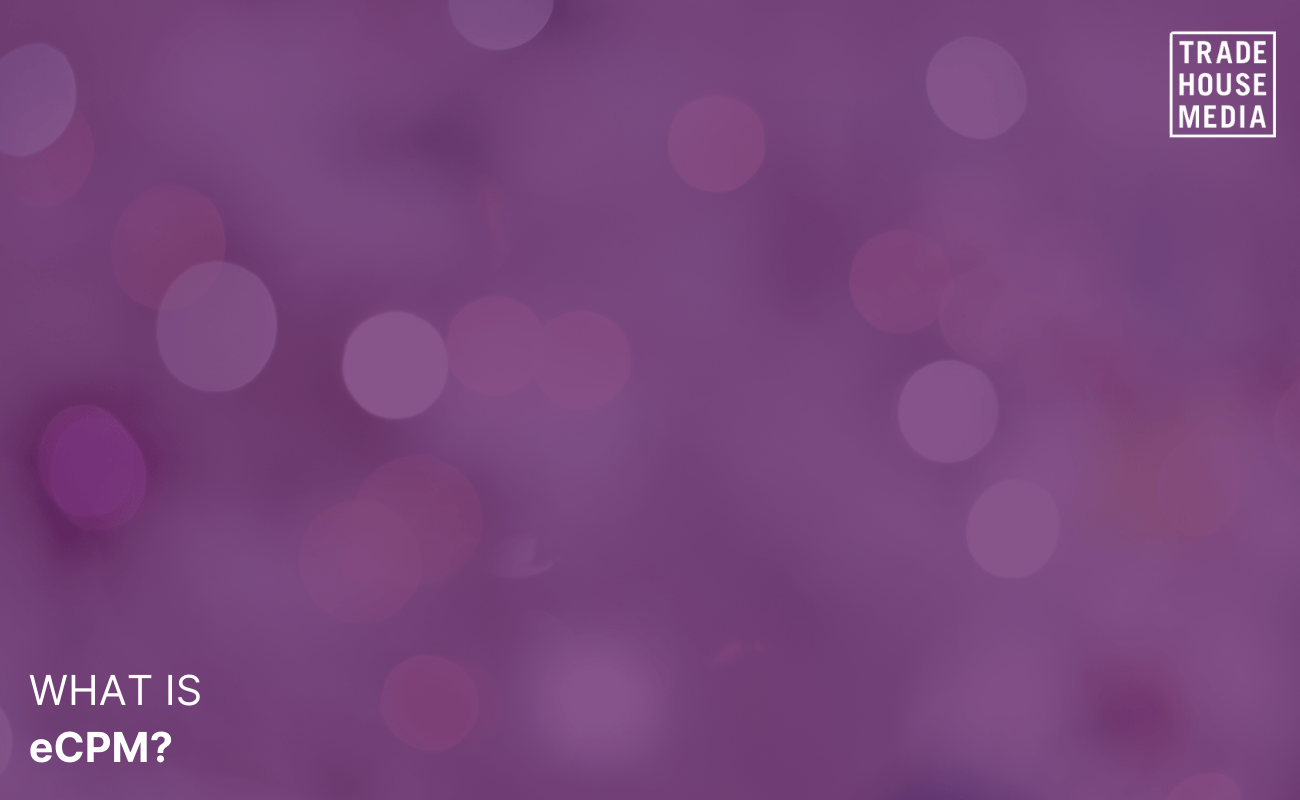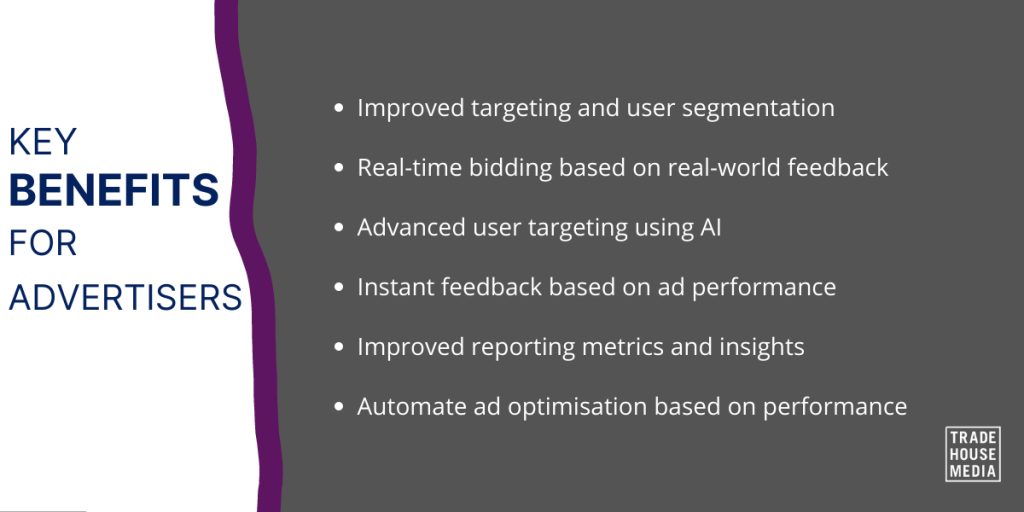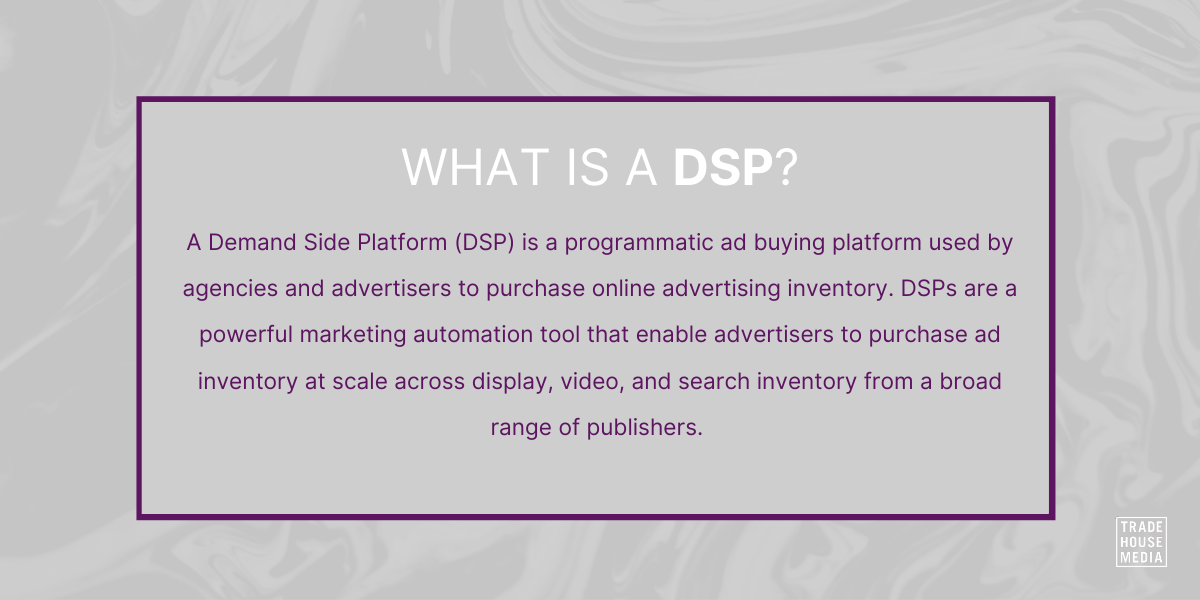
5 min read
What is eCPM?
What is eCPM? Your Guide to the Effective Cost Per Mille Metric and How to Calculate & Increase eCPM.
Effective Cost Per Mille or eCPM is a metric used by publishers to track performance and advertising revenue based on the number of impressions on their site. eCPM allows publishers to effectively estimate future revenue using indicative benchmark figures and previous campaign performance.
eCPM is often (incorrectly) used interchangeably with CPM – another key metric used by advertisers and publishers. In this article, we will look at the important difference between CPM and eCPM, how to calculate these metrics, and how to optimise eCPM for improved advertising revenue performance.

CPM DEFINITION
Before we dive into eCPM, let’s start with some important housekeeping that will help to tie everything together. CPM (cost per mille) is an advertising metric that is used by publishers and advertisers to measure the cost per thousand impressions in advertising. CPM refers to the price that advertisers must pay to publishers to put their content in front of users. In CPM campaigns, an impression occurs each time that an ad is displayed in front of a user on a website, app, or various other media platforms. As an example, if a publisher sets their rate at £4.00 CPM, then an advertiser must pay a publisher £4.00 each time their ads are displayed in front of 1,000 users. Understanding CPM structure and pricing is essential for businesses and advertisers managing ad performance across different networks. CPM advertising is a popular strategy for companies that are looking to build brand awareness and ‘penetrate’ into a new market. CPM campaigns are an effective way to get chins wagging and expose a new brand or product to a targeted audience.How Can I Calculate CPM?
The formula for calculating CPM as just as simple as the concept behind it. To calculate CPM, simply divide the cost by the number of impressions and then divide that number by one thousand. CPM formula: CPM = 1000 * cost / impressions To calculate the cost and the number of impressions that you can expect to receive, use the following two formulas:- To calculate the cost (the amount advertisers need to pay publishers): cost = CPM * impressions / 1000
- To calculate impressions (the number of impressions you can expect to receive with your budget): impressions = 1000 * cost / CPM
ECPM DEFINITION
eCPM or Effective CPM is the revenue that a publisher earns per one thousand impressions. The higher the eCPM figure, the more money that publishers earn from their advertising inventory.How Can I Calculate ECPM?
The eCPM formula is a simple, repeatable formula that can be used to measure ad monetisation performance based on the amount of revenue that is earned per 1,000 ad impressions. To calculate the eCPM, simply divide the total ad earnings by impressions and multiply it by 1000. eCPM formula = Total Ad Earnings / Impressions x 1000What Is the Average eCPM?
The average eCPM falls somewhere between £3 - £8 depending on a myriad of factors including ad location, fill rate, time of year, device type, and positioning.

